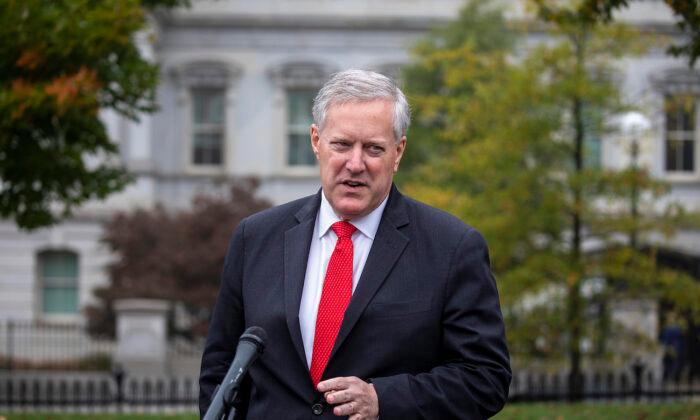Saturday, April 7, 2012
THEN
On April 7, 2001, NASA launches the 2001 Mars Odyssey (named for Arthur C. Clarke’s famous novel and film, 2001: A Space Odyssey), as part of its longstanding mission to explore the possibility of life on the red plant. NASA’s first successful flyby of Mars to capture photos occurs in 1964 and several more follow in the 1960s and early ‘70s. From the early missions, images of a desolate world and preliminary chemical tests seem to dash hopes for finding life on Mars. The 2001 mission, however, is the first time robots map the distribution of hydrogen, and other substances, over the entire surface of the planet. From the data, scientists conclude that there is vast amounts of ice buried beneath the planet’s surface which could indicate the recent existence of potentially life-bearing liquid water. The mission cost a total of $297 million.
NOW
Today, the dream of discovering the secrets of Mars has become more distant, as President Obama wrestles with a massive deficit and NASA cancels missions to the red planet. Two missions to Mars coordinated with the European Space Agency, slated for 2016 and 2018, will be canceled as NASA deals with a 20 percent ($309 million) cut to its robotic exploration budget in Obama’s proposed 2013 budget. The first mission was to measure gases, particularly methane, in Mars’ atmosphere. Naturally occurring methane is largely produced by microorganisms, and its presence would be a strong indicator such organisms were alive on Mars given it doesn’t last long. The second mission aimed to set the stage for bringing back chunks of Mars back to Earth for study. NASA is working a plan for launches in 2018 and 2020 instead, with details to be released by the summer, according to NASA Administrator Charles Bolden.




Friends Read Free